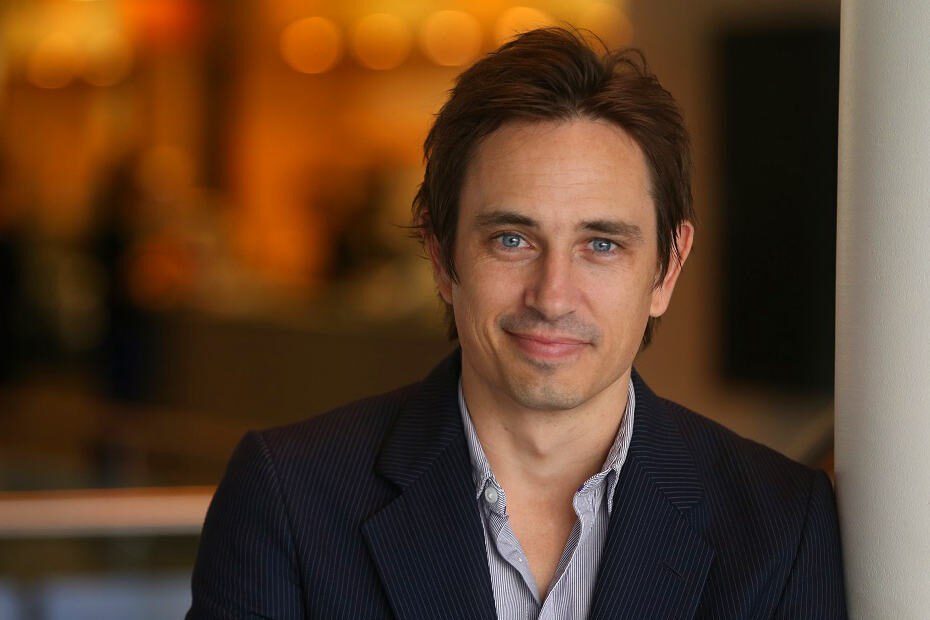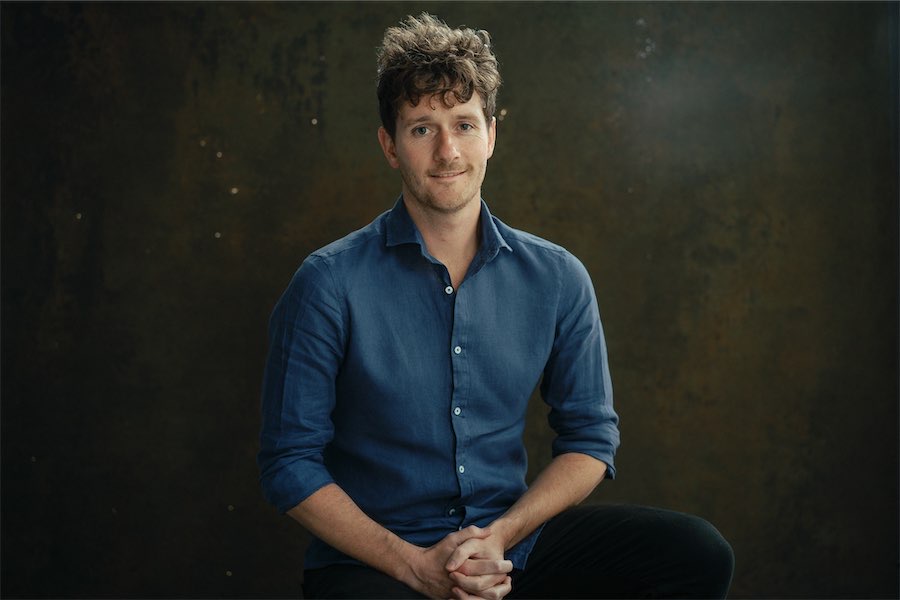
Photography / “Woodlands, Forests, Life” by David Wong and “Picture Yourself” by Gerry Orkin. At Huw Davies Gallery until December 17. Reviewed by CON BOEKEL.
THERE is a spatial symmetry in the two exhibitions. Wong is in urban Canberra and looks out at the bush that frames it. Orkin looks in on urban Canberra.
Wong’s works are a mix of scientific and participant anthropological observations. The intent is documentary within an aesthetic frame. The field of view varies from the extremely close, as in a macro view of a clubmoss, to expansive landscapes of woodlands on Black Mountain, Bruce Ridge and Bluett’s Block.
The repetitive format of the landscape shots enables comparisons between different states of the bush, including an atmospheric shot towards the end of a drought, compared with the shots of healthy growth after a La Nina year.
The advancing urban sprawl is captured through construction fences, developer’s signage and isolated paddock trees awaiting their doom.
Wong’s best sequence is of macro shots in which he uses flash lighting behind and in front of the subject to isolate them from any context. The resulting images that have a luminous painterly watercolour quality.
The overall result is an exhibition that provides some of the dots and suggests connections. It also hints at the complexity of the ecology of our woodlands.

Orkin’s intent is almost the inverse of Wong’s. Orkin seeks to remove external cues and to remove himself in order to allow the subjects to take control and to express themselves.
Orkin’s images were captured in Commonwealth Park during a festival in the summer of 1985. He set up a stage with white canvas walls and floor. He set up a camera with standard settings. A shutter bulb was connected by cable to the camera. Passers-by were invited to place themselves in the canvas stage and to take a portrait of themselves. They were primed with a question, “Who are you?”
With a pre-selfie freshness, Canberrans take to the opportunity with gusto and with hints of larrikinism. They are at the festival to have fun with family and friends. Many wear festive costumes. Some fool around in front of the camera. Grins abound. They nearly all stare the camera in the eye.
During covid, Orkin unearthed the negatives and printed them. The white canvas inadvertently picks up some beautiful eucalypt leaf shadows but nevertheless effectively guarantees that the focus is on the subjects.
The result is unique, historically valuable, and mesmerising. The visual cue of the cable joins the 2022 viewer to the 1985 subjects.
While each of the prints is a standalone, what strikes most is their cumulative impact. The rhythm of the curation is excellent. Orkin’s exhibition nails the classic power of still photography: that of freezing a moment in time.
There are various chronological markers: ultra-short stubbies, absent bras and sunnies with chain holders. The anti-nuclear peace activists take the opportunity to proselytise. The blokes swagger, holding cans. Young couples snog or lean into each other with an easy hedonism. The shutter bulb holders are predominantly male. They hold power and are ready for the flash. Their family members are, at times, caught on the psychological hop. Parents are free with their children and the children are game to have a go.
Incidental details add to the documentary realism: sandal straps undone, a cheeky lad flicking the bird, a drooping ciggie, two men wearing identical pendants, assorted bandaids, and a tennis ball clamped between two boyish legs.
This overwhelmingly white, confident and vaguely innocent middle-class Canberra is gone.
How have we changed? I imagine that these days the responses to Orkin’s invitation might be: “Who are you to ask?”, “Who controls the IP?”, “My phone is already clogged with selfies”, “Not more male gaze!”, or “You stay away from my kids!”
I urge you to go and have a look at the way we were.
Who can be trusted?
In a world of spin and confusion, there’s never been a more important time to support independent journalism in Canberra.
If you trust our work online and want to enforce the power of independent voices, I invite you to make a small contribution.
Every dollar of support is invested back into our journalism to help keep citynews.com.au strong and free.
Thank you,
Ian Meikle, editor




Leave a Reply